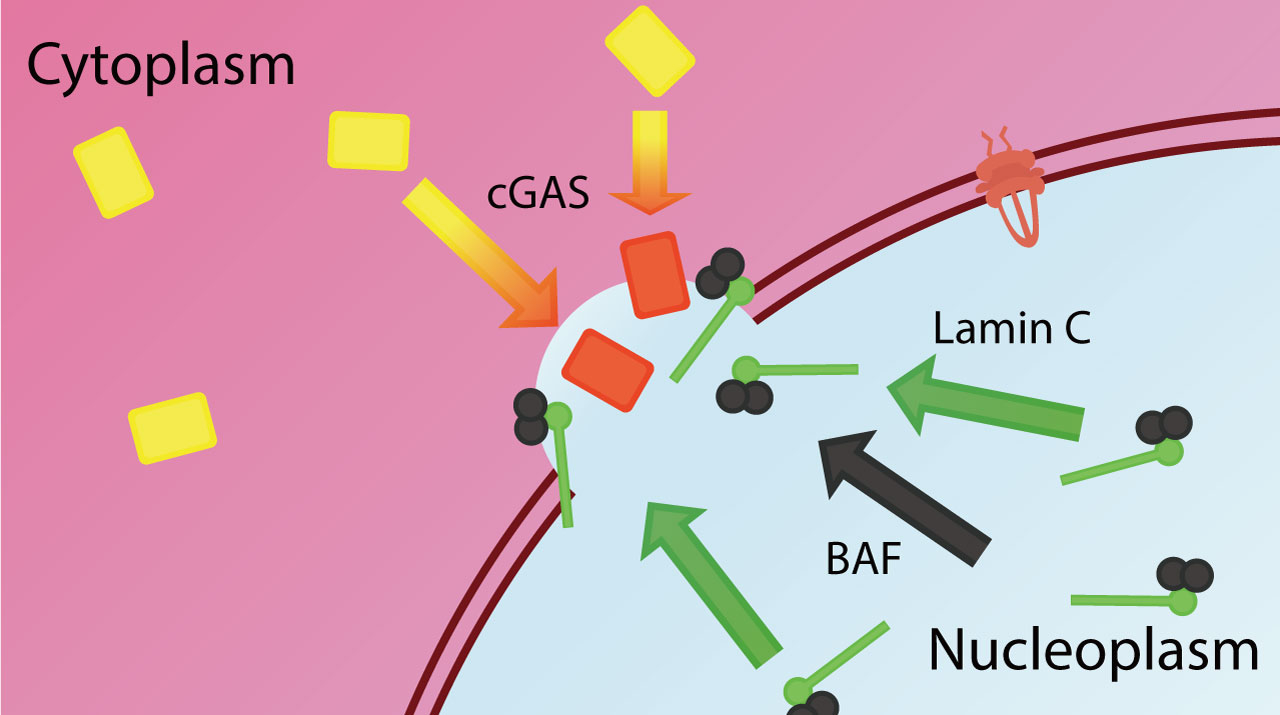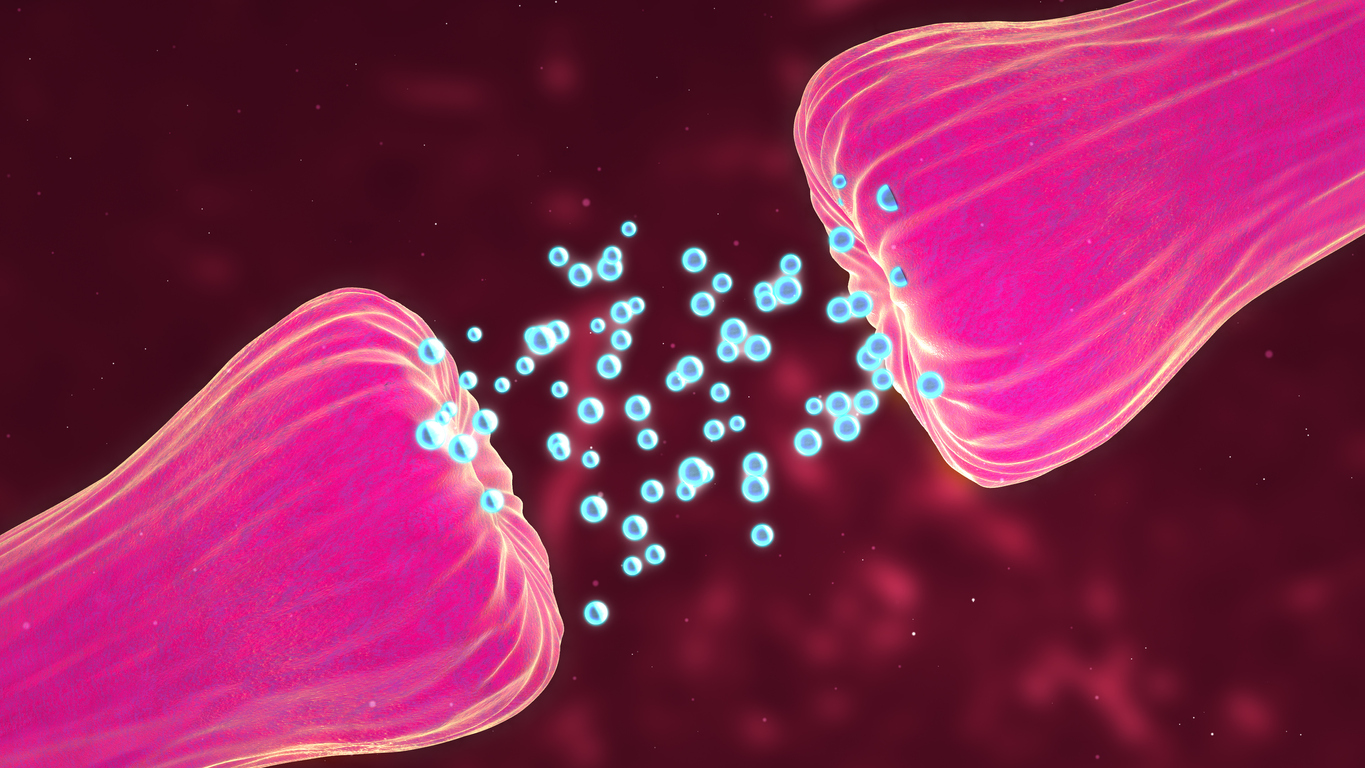The Microbubble-assisted UltraSound-guided Immunotherapy of Cancer (MUSIC) platform is the first of its type, delivering the anticancer immunotransmitter cyclic guanosine monophosphate-adenosine monophosphate (cGAMP) to antigen-presenting cells via nanocomplexes and microbubbles.
This is performed by directing the delivery of nanocomplexes and microbubbles using ultrasonic waves (APCs). Once inside, the microbubbles release cGAMP, triggering the GMP-AMP synthase (cGAS)-stimulator of interferon genes (STING) pathway. Type I interferon responses, which are essential for the priming of tumor-specific T lymphocytes, are stimulated by this pathway.
In preclinical trials on breast cancer rats, the MUSIC technique was successful in eliminating 60% of the tumours in those animals when treated as a monotherapy. MUSIC significantly increased anticancer responses when paired with an anti-PD-1 antibody, with only modest adverse effects.
These breakthroughs included better primary tumour care and a slower progression of systemic illness. Furthermore, the combined therapy resulted in a 76 percent higher median survival rate when compared to each therapy separately.
Wen Jiang, a doctoral and medical degree holder, is a co-senior author of the paper and an assistant professor of Radiation Oncology. The MUSIC technique, according to our findings, has the potential to pave the way for new image-guided cancer immunotherapy strategies.
Patients with treatment-resistant metastatic tumours such melanoma, non-small cell lung cancer, and renal cell cancer can now benefit from improved therapeutic results because to immunotherapy. Inhibition of immune checkpoints, on the other hand, isn’t successful in all patients. As a result, there is an unmet clinical need for the development of a more successful immunotherapy strategy that can treat a larger percentage of cancer patients with both localised and metastatic disease.
While most cancer immunotherapies have concentrated on strengthening the adaptive branch of the immune system, there is rising knowledge that both the innate and adaptive branches of the immune system must be engaged to establish effective antitumor immunity, according to Jiang. It is becoming obvious that both the innate and adaptive immune systems must be stimulated in order to establish effective antitumor immunity. Researchers were able to develop immunotherapies that target innate immune system regulators like the cGAS-STING pathway using this new knowledge.
The cGAS-STING pathway is aided by natural agonists like as cyclic dinucleotides. Despite this, clinical translation has been impeded by issues with cytosolic entry, serum stability, and systemic toxicity. To address these issues, Jiang and his colleagues developed MUSIC, the world’s first image-guided cancer immunotherapy tool. MUSIC combines antibody targeting with molecular therapeutic delivery to trigger STING in APCs.
Ultrasound scanners are used by researchers to visualise the tumour and pinpoint the exact site where microbubbles have accumulated. They then utilise ultrasonic frequencies to vibrate and rupture the microbubbles. This generates transitory breaches in the cell membrane, allowing nucleic acids to enter the cytoplasm directly. The MUSIC platform, on the other hand, is the first to link nanocomplexes and microbubbles in order to deliver cGAMP immunotransmitters to APCs directly. This technology, known as sonoporation, was previously utilised on cancer cells.
The beauty of this technology is that ultrasound scanners are now clinically available in a lot of outpatient settings, according to Jiang, who also points out that microbubbles are FDA-approved contrast agents for ultrasound imaging. As a result, he believes MUSIC has a strong chance of becoming a cancer-treatment therapeutic application.
According to Jiang, the same concept and design principle that underpins the MUSIC platform’s microbubble technology could easily be translated to nanoscale systems for targeted systemic administration and activation of innate immune sensors for cancer immunotherapy applications under image guidance.
The MUSIC platform is notable because it provides a novel framework for constructing image-guided immunotherapy using acoustically sensitive biomaterials to achieve substantial anticancer effects while minimising systemic damage.
This framework can be constructed employing acoustically responsive biomaterials, which allow for efficient, focused, and robust immune activation, resulting in considerable anticancer effects with little systemic side effects. Because of its versatility, the MUSIC platform might be utilised to help with the targeted distribution of a wide range of immune-stimulating medications. Nucleotide-based vaccinations, mRNAs, and other gene treatments for a variety of human diseases are among these substances.
The Cancer Prevention and Research Institute of Texas (CPRIT), the Department of Defense, and the National Cancer Institute all contributed to this research. Jacques Lux, a PhD candidate and assistant professor of Radiology at The University of Texas Southwestern Medical Center, is a co-corresponding author on the paper.
Story Source: Original press release by University of Texas M. D. Anderson Cancer Center. Note: Content may be edited for style and length by Scible News.
References
Xuefeng Li, Sina Khorsandi, Yifan Wang, Julien Santelli, Kristin Huntoon, Nhu Nguyen, Mingming Yang, DaeYong Lee, Yifei Lu, Ruoqi Gao, Betty Y. S. Kim, Caroline de Gracia Lux, Robert F. Mattrey, Wen Jiang, Jacques Lux. Cancer immunotherapy based on image-guided STING activation by nucleotide nanocomplex-decorated ultrasound microbubbles. Nature Nanotechnology, 2022; DOI: 10.1038/s41565-022-01134-z






